Samil Garden (삼일가든)
14.3Km 2021-03-24
207, Seokju-ro, Andong-si, Gyeongsangbuk-do
+82-54-859-1887
The spicy freshwater maeuntang is famous. The best menu at this restaurant is mandarin fish stew. This Korean dishes restaurant is located in Andong-si, Gyeongsangbuk-do.
RakKoJae Andong(Hahoe) / 락고재 안동(하회)
14.3Km 2025-08-12
51, Hahoegangbyeon-gil, Pungcheon-myeon, Andong-si, Gyeongsangbuk-do
+82-54-857-3410
Rakkojae, meaning “a place where one can enjoy ancient traditions and rest one’s soul”, is located near the beautiful ferry on the Nakdonggang River in Hahoe, Andong. After passing by a pine tree decorated with traditional Korean lanterns and entering the cozy courtyard, visitors will find four well-maintained houses with thatched-roofs made with local rice straw. As Rakkojae is some way from the Hahoe Village, and is adjacent to the Nakdonggang River, guests can enjoy walking along the ferry and the walkway while appreciating the beautiful scenery of the river and Buyongdae Cliff with its serene atmosphere. Rakkojae has three guest accommodations – the anchae at the front, the sarangchae and the byeolchae on the sides, and the munganchae. While the anchae has two rooms, a kitchen and a daecheong (main floored room), both the sarangchae and the byeolchae consist of a daecheong and one room. The maximum number of guests per room is ten so that guests can enjoy their stay with ease. Each room is decorated with hanji (traditional Korean paper handmade from mulberry trees) and features a simple built-in closet, ceiling-type air conditioning, and a modern bathroom with a toilet and a bathtub made of Hinoki cypress. In particular, the munganchae has a red clay jjimjilbang (Korean dry sauna) supplied with mugwort that is popular among both domestic and foreign guests. Guests often enjoy relaxing at Rakkojae by appreciating the sunshine and breeze while lying on the daecheong floor, walking barefoot on the earthen ground, and drinking makgeolli (unrefined rice wine)among other activities. The owners of Rakkojae hope that it will be a place where guests can heal their tired body and mind and experience the true atmosphere of Korea. The Pine Wood of Mansongjeong Pavilion (Natural Monument No. 473) situated next to Rakkojae is also a good place for a stroll. Furthermore, the hotel serves a hearty breakfast consisting of heotjesatbap (Andong-style bibimbap with soy sauce) and salted grilled mackerel.
Garam Choyeonjae [Korea Quality] / 가람초연재 [한국관광 품질인증]
14.3Km 2020-09-09
76-6, Hahoejongga-gil, Pungcheon-myeon, Andong-si, Gyeongsangbuk-do
+82-10-3849-7542
Garam Choyeonjae offers guests a variety of charming features, particularly the harmonious natural environment which creates a serene and relaxing atmosphere. Situated in Hahoe, which is partially enclosed by the Nakdonggang River, Garam Choyeonjae stands out among the village’s many hanok houses due to its beautiful thatched roof. The village has become a popular tourist destination thanks to the distinguished natural landscape along the Nakdonggang River, its 100 ~ 200-year-old hanok houses, and nearby Buyongdae Cliff, which commands a panoramic view of the village. The name of the house is a compound word consisting of ‘garam’, which is the pen-name of the house’s owner, a 15th–generation descendant of Ryu Seong-ryong (pen-name: Seoae, 1542-1607, a scholar-official of the Joseon Dynasty), and ‘choyeonjae’, which means “a thatched house in which swallows live.” Guests can even see the swallows and their nests under the rafters and eaves of this simple, cozy hanok. The house is also surrounded by various well-known buildings such as Damyeonjae House, the largest and oldest hanok in the village; Yangjindang House (Treasure No. 306); and Binyeonjeongsa House (National Folklore Cultural Heritage No. 86), which was built and used as a library by Ryu Un-yong (pen-name: Gyeomam). Garam Choyeonjae consists of two rectangular hanok buildings with clean and well-maintained rooms exuding a traditional and antique atmosphere. In particular, the house’s beautifully maintained thatched roof attracts many foreign visitors. The house also provides various experience programs, including an opportunity to use a treadmill, millstone, and mortar, and a gat-making experience (a gat is a Korean traditional hat made of bamboo and horsehair). Moreover, visitors are highly recommended to appreciate the fantastic view of the sunset from the wooden floor of the house’s sarangchae (men’s quarters), and the beautiful garden planted with seasonal wildflowers.
Imyeonjae Head House [Korea Quality] / 흥해배씨 임연재종택 [한국관광 품질인증]
14.4Km 2020-09-03
51, Hyanggyo 1-gil, Andong-si, Gyeongsangbuk-do
+82-10-9077-7216
The Lim Yeon-Jae Head House of Heunghae Bae's Clan was built by Bae Cheon-Seok (1511~1573), Vice Minister of War, in 1558 in Domok-ri, Wolgok-myeon, Andong but was moved to its current location in Songcheon-dong, Andong in 1973 due to the construction of Andong Dam. The house has inherited the tradition of Baekjukdang Bae Sang-Ji (1351~1413) who refused to serve two kings out of loyalty to the Goryeo Dynasty. Bae Sang-Ji is the first ancestor of Heunghae Bae's Clan who settled in Andong. The Lim Yeon-Jae Head House was designated for the permanent worship of the spirit of Governor Bae Sam-Ik (1534~1588, pen name: Lim Yeon-Jae, nickname: Yeowoo) who was the son of Bae Cheon-Seok and a student of Toegye Yi Hwang and who served as the Governor of Hwanghae-do after passing the civil service examination. The house was nicknamed Geumyeokdang after the pen name of Bae Yong-Gil (1556~1609, nickname: Myeongseo), who was a son of Lim Yeon-Jae and who served as secretary of Chungcheong-do Province after passing the civil service examination and fought as a member of the army for the cause of justice during Japan’s invasion of Korea in 1592. With the antique charm of a traditional Korean house, the Lim Yeon-Jae Head House boasts of beautiful walls, stairs, eaves, etc. The windows and doors of the house decorated in the construction style of the early Joseon Dynasty are especially beautiful. In the head house is the time-honored space used as a study since the establishment of the house, which has been opened recently as a little library to accommodate the neighbors who love reading by inheriting the tradition of the house with a collection of many books and opening a bookstore. The little library of Baekjuk Historic House is furnished with more than 5,000 books in different genres including novel, humanities, history, cartoons, and books for infants. You can enjoy time travel to the past through the experience of the old house and by reading books in the library. An air-conditioning/heating system has been installed in every room, with communal bathrooms equipped with the latest facilities positioned here and there in the house for the convenience of visitors.
Hoban Jeong (호반정)
14.4Km 2021-03-26
217, Seokju-ro, Andong-si, Gyeongsangbuk-do
+82-54-853-9449
It is a dish made by boiling chicken as well as all kinds of vegetables and seasoning with soy sauce. The best menu at this restaurant is braised chicken. This Korean dishes restaurant is located in Andong-si, Gyeongsangbuk-do.
Seoksong Garden (석송가든)
14.4Km 2021-03-30
539-23, Jebiwon-ro, Andong-si, Gyeongsangbuk-do
+82-54-841-7000
A place with group seats and individual rooms, it is a restaurant well-known for its steamed carp with spicy sauce and bean sprouts. This Korean dishes restaurant is located in Andong-si, Gyeongsangbuk-do. The representative menu is braised carp.
Okyeon pavilion / 옥연정사
14.4Km 2025-08-12
86, Gwangdeoksolbat-gil Pungcheon-myeon, Andong-si, Gyeongsangbuk-do
+82-54-854-2202 / +82-10-4520-3640
Ogyeonjeongsa House was established by Ryu Seong-yong (pen-name: Seoae, 1542-1607), a minister of Joseon, with the help of Buddhist monk Tanhong, as a place to study and educate his students. After building Wonjijeongsa House, Ryu wanted to build another house at the foot of Buyongdae Cliff amid a tranquil environment away from the village, but due to his financial situation he was unable to complete the building by himself. Then, the monk Tanhong helped him build Ogyeonjeongsa House, which took ten years (1576 to 1586) to complete, when Ryu was 45 years old. Later, Ryu Seong-yong was able to share warmth with his brother (Gyeomam), who lived in nearby Gyeomamjeongsa House. Ryu later lost his house in Hahoe in the great flood of the Nakdonggang River in 1605, and retired to Ogyeongjeongsa House where he wrote Jingbirok (The Book of Correction, National Treasure 132), a memoir of the Imjin War (Japanese Invasion of Korea in 1592). The house’s guestrooms include Sesimjae (meaning ‘having a mind to this place to achieve at least one in ten thousand things,’ inspired by the I Ching or The Book of Changes), which was used by Ryu as a schoolhouse and has two small rooms between the maru gamheonrok (wooden floor, meaning ‘looking up at the sky and down at the blue water,’ inspired by Wang Xizhi’s poetic diction); Wonlakjae (meaning ‘waiting for a friend’s visit,’ inspired by the Analects of Confucius), in which Ryu himself resided and wrote Jingbirok; and the maru aeoheon (meaning ‘I also love my hut,’ taken from a poem by Chinese poet Tao Yuanming), which measures two kan (a unit of measurement referring to the distance between two columns).
Acantilado Buyongdae (부용대)
14.5Km 2024-11-18
Gwangdeoksolbat-gil 72, Pungcheon-myeon, Andong-si, Gyeongsangbuk-do
Buyongdae es un acantilado de unos 64 m de altura situado al final de la cordillera Taebaeksan. Desde la cima, se puede obtener una vista panorámica de la Aldea Hahoe de Andong. Su nombre fue tomado de una historia antigua de China y significa "loto". Cerca de este lugar se encuentran los templos Ogyeonjeongsa y Gyeomamjeongsa y la Academia Neoconfuciana Hwacheon Seowon.
MUSE (뮤즈)
14.5Km 2021-03-26
231, Seokju-ro, Andong-si, Gyeongsangbuk-do
+82-54-841-2573
It is a good place for the perfect sauce and crispy Korean pork cutlet. The best menu at this restaurant is pork cutlet. This Western dishes restaurant is located in Andong-si, Gyeongsangbuk-do.
Ontrepieum de Andong (안동 온뜨레피움)
14.6Km 2021-08-13
Gwangwangdanji-ro 346-95, Andong-si, Gyeongsangbuk-do.
Ontrepieum, que significa "la apertura de flores en un jardín", se ubica en el Complejo de Cultura y Turismo de Andong. Con una superficie de 30.000 metros cuadrados, consiste en un invernadero tropical de 1.500 metros cuadrados, un jardín de hierbas de 6.600 metros cuadrados, tierra de cultivo, un teatro para actuaciones con animales, un sector de experiencia natural y más. El invernadero tiene plantas tropicales y subtropicales, incluyendo hierbas, café y palmeras. Más de 17.000 árboles plantados en el parque, junto con una fuente de agua y zonas de fotos, hacen del lugar un sitio perfecto para un fin de semana de diversión. El Complejo de Cultura y Turismo de Andong tiene una serie de atracciones cercanas, como el estudio de KBS, el Museo Folclórico de Corea, el Museo del Agua y el Museo de Artes y Artesanías.
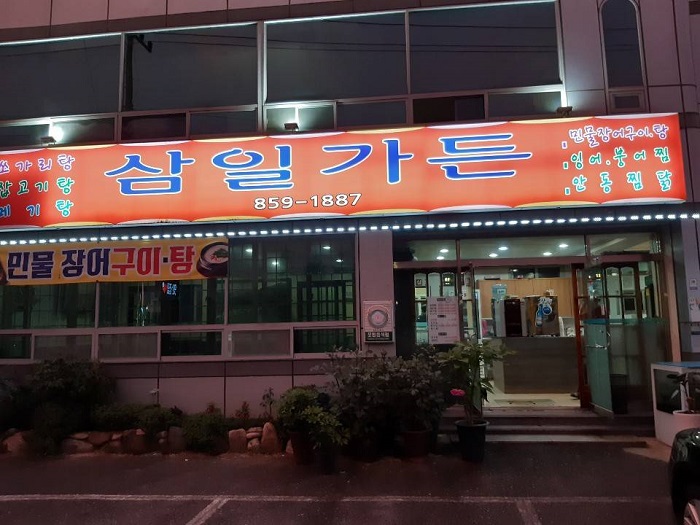
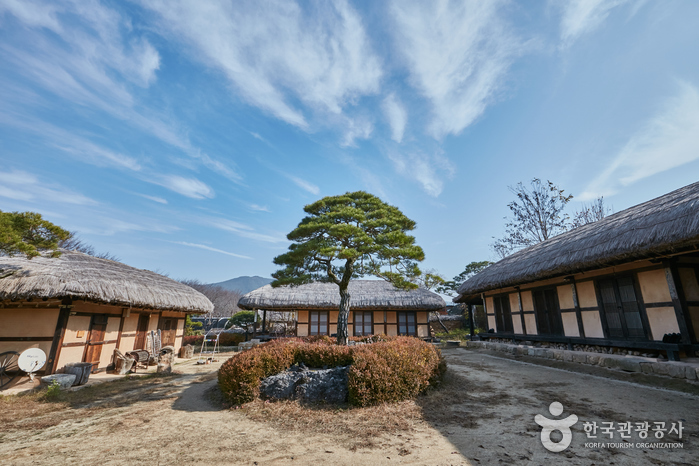
![Garam Choyeonjae [Korea Quality] / 가람초연재 [한국관광 품질인증]](http://tong.visitkorea.or.kr/cms/resource/43/2579443_image2_1.jpg)
![Imyeonjae Head House [Korea Quality] / 흥해배씨 임연재종택 [한국관광 품질인증]](http://tong.visitkorea.or.kr/cms/resource/84/2627384_image2_1.jpg)
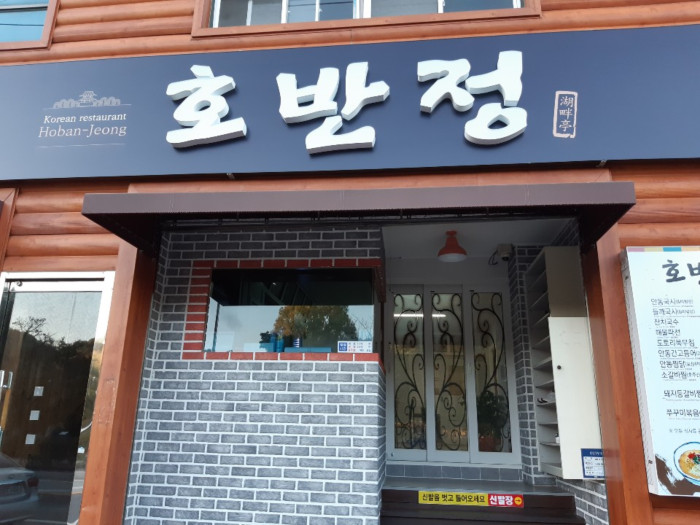
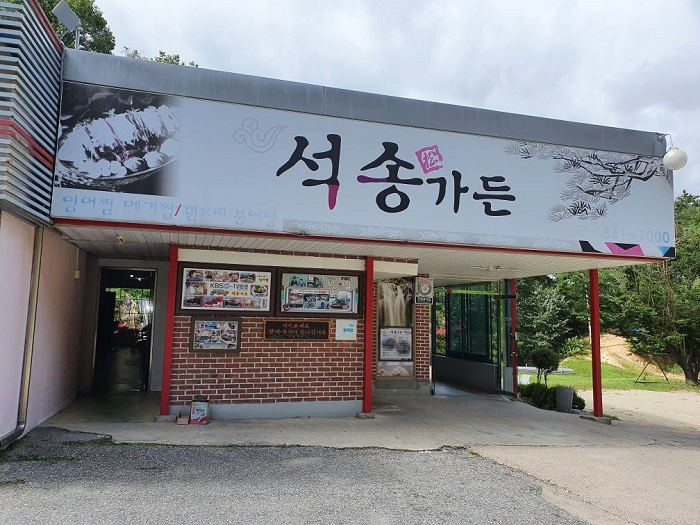
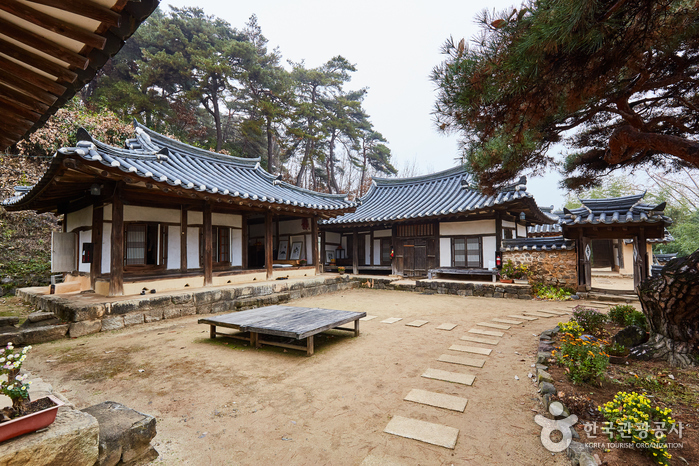

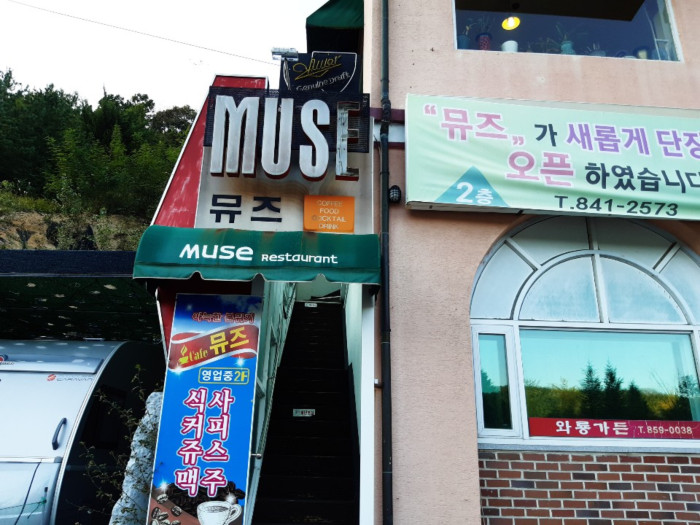
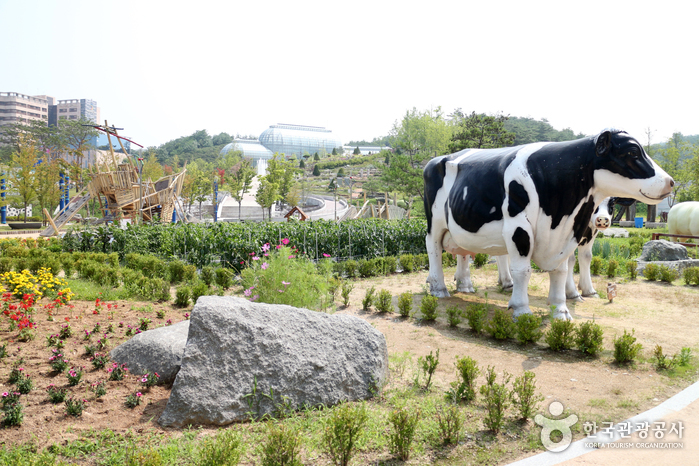
 Español
Español
 한국어
한국어 English
English 日本語
日本語 中文(简体)
中文(简体) Deutsch
Deutsch Français
Français Русский
Русский